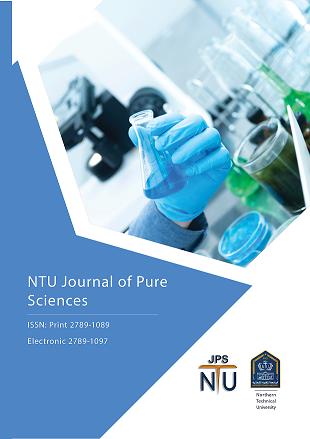Seroprevalence of Human Respiratory Syncytial Virus among children with respiratory tract infection in Kirkuk city/Iraq
DOI:
https://doi.org/10.56286/btjk6118Keywords:
Kirkuk, Prevalence, HRSV, RTI, childrenAbstract
Respiratory Syncytial Virus (HRSV) causes acute respiratory tract infections (RTIs) in newborns and young children, which can result in serious consequences.. The aim of the study was to investigate the prevalence of HRSV in children below 5 years with respiratory infections and understand its correlations with demographic parameters. The study involved 180 children with RTIs aged between 2 months to 5 years. Serum specimens were collected and screened for HRSV IgM and IgG antibodies using ELISA kits. The Results showed that HRSV IgM antibody found in 37(20.55%), with a significant correlation with age (P<0.05). While, HRSV IgG antibody was positive in 29(16,11%) patients. HRSV IgM positivity was higher among children with allergies (72.97%), asthma (8.11%), bronchitis (18.92%). Also, children living in smoking environment had the highest positivity rate of IgM (62.16%) and IgG (62.07%). High IgM and IgG antibodies were recorded in patients with wheezing chest, and on mechanical ventilator P<0.05. In conclusion, the study demonstrate seroprevlance of HRSV infection in children with RTIs.
Downloads
Downloads
Published
Issue
Section
License
Copyright (c) 2025 NTU Journal of Pure Sciences

This work is licensed under a Creative Commons Attribution 4.0 International License.
The journal applies the license of CC BY (a Creative Commons Attribution 4.0 International license). This license allows authors to keep ownership of the copyright of their papers. But this license permits any user to download, print out, extract, reuse, archive, and distribute the article, so long as appropriate credit is given to the authors and the source of the work. The license ensures that the article will be available as widely as possible and that the article can be included in any scientific archive. Creative Commons License This work is licensed under a Creative Commons Attribution 4.0 International License.





